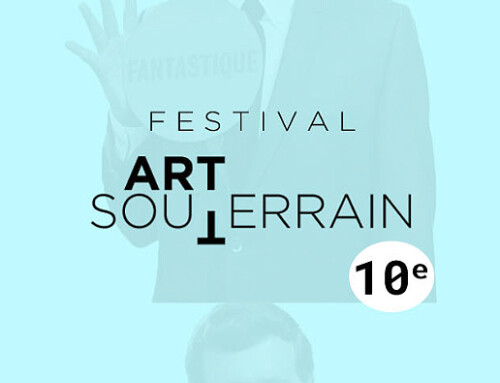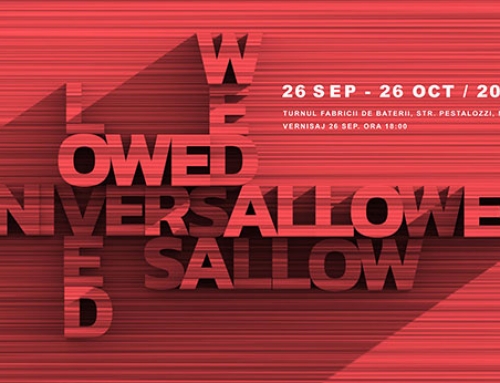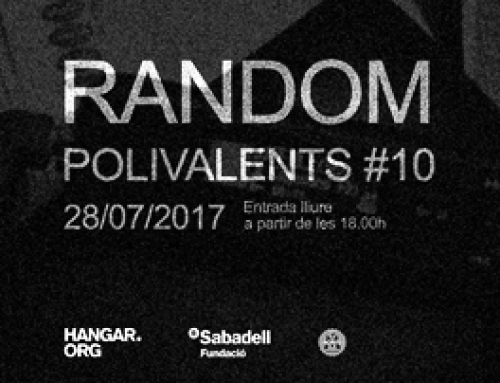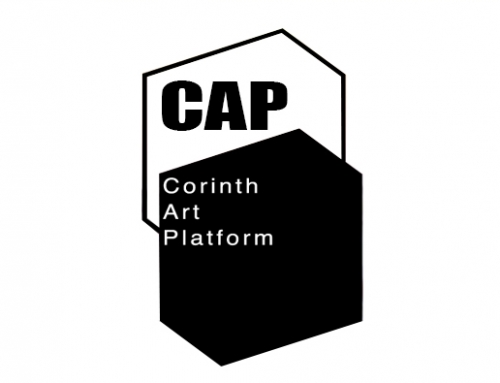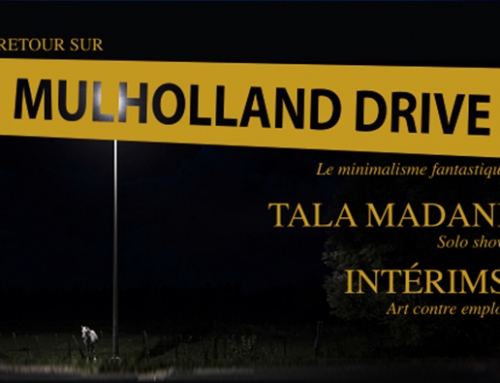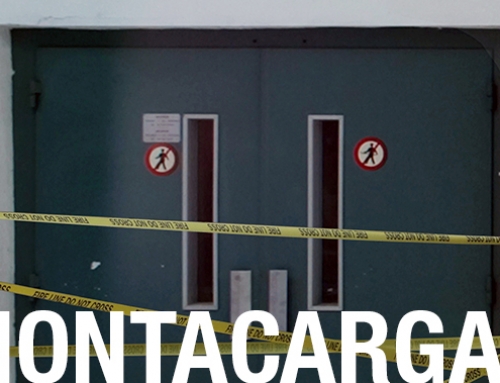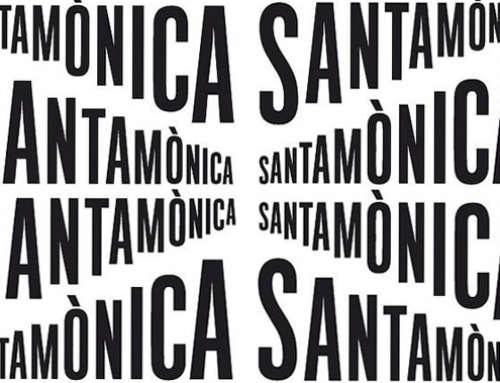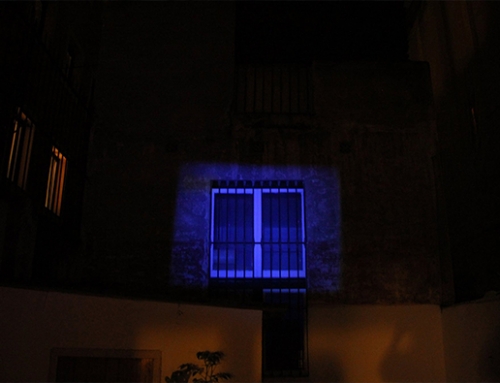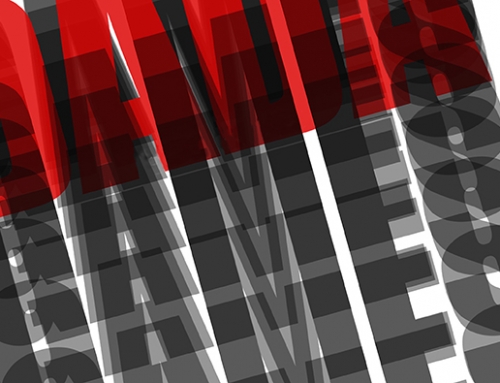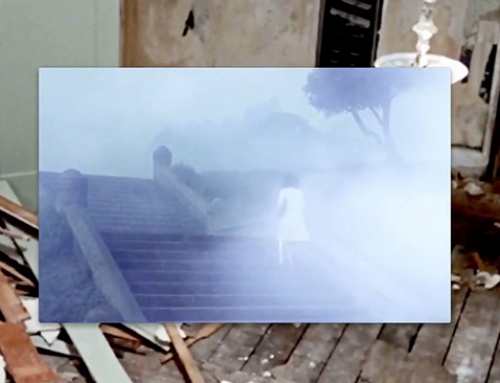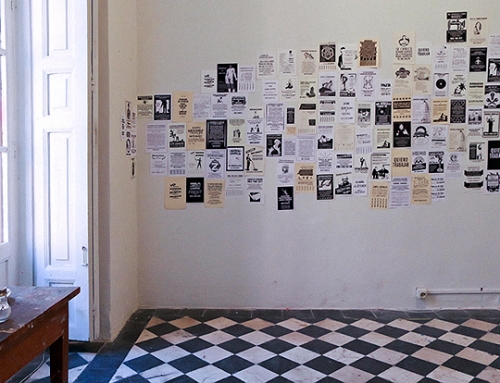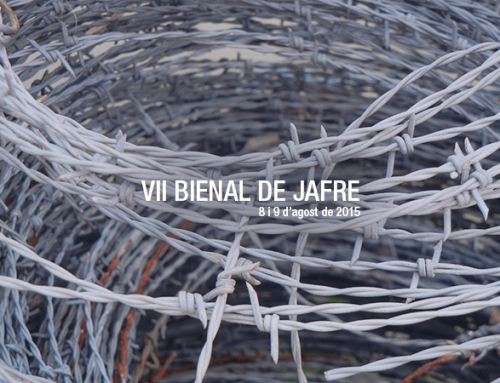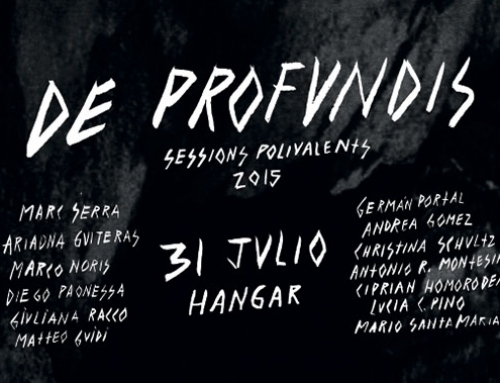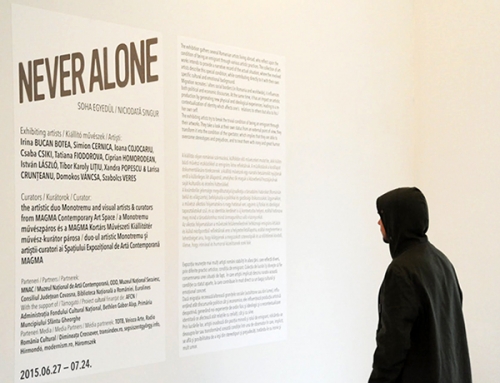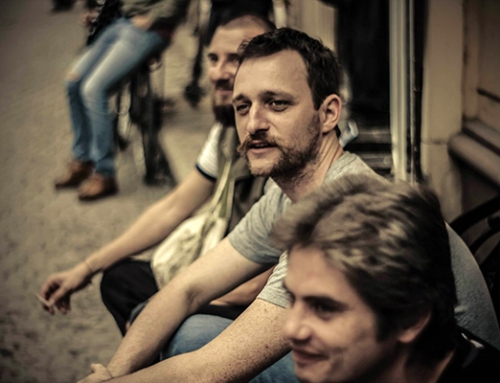IoDeposito : CFZ Cultural Flow Zone TESA 1 Zattere al Pontelungo, Dorsoduro 1392 Venezia. IT.
11th May – 5 June 2016
Participating artists: Juan Alberto Negroni, Cai-Guo-Qiang, Ciprian Homodorean, Joshua Cesa, Ricardo Tosetto, Alberto Burri, Louis Camnitzer, Cristian Boltanski, Klaus Pinter, Robert Smithson, Bernd Transberger, Ambroise Tézenas.
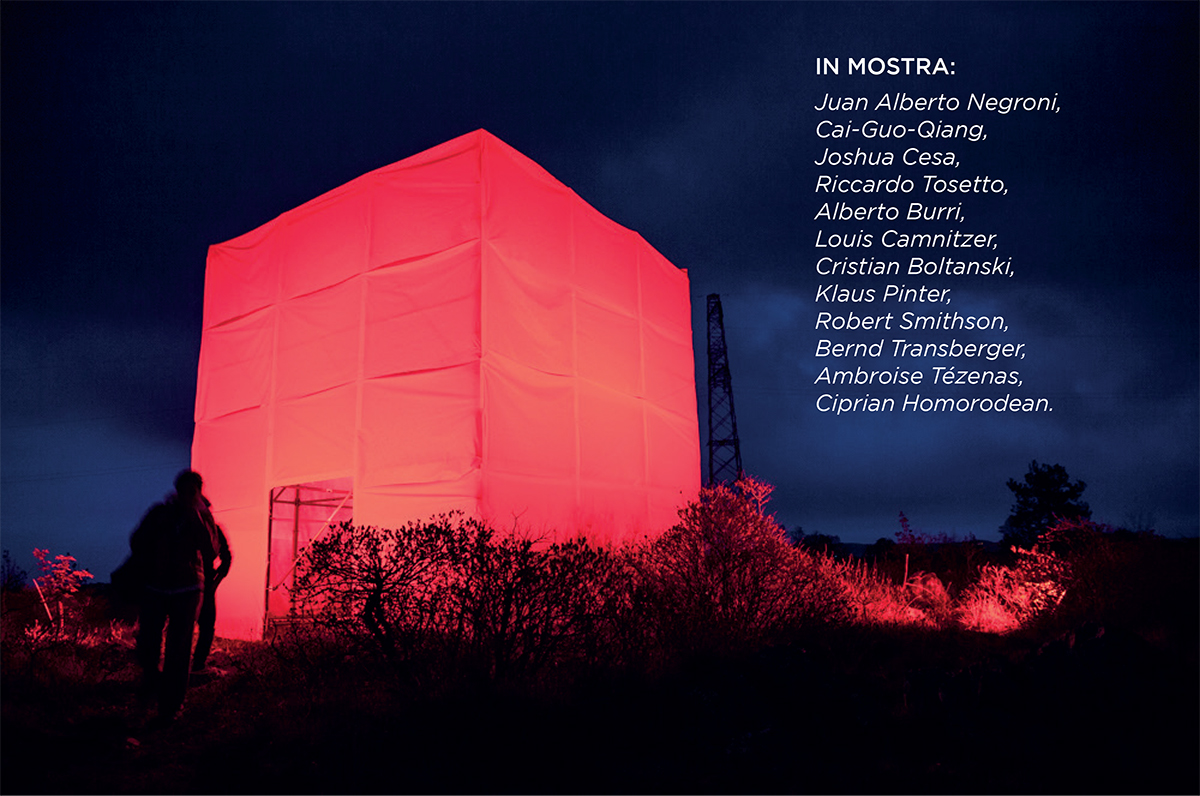
All around the world, the idea of monument contains a strong ambivalence: besides being a symbol and a marker of memory, it means something ‘epic’,
something ‘rhetorical’, which suggests a ‘static’ and ‘monolithical’ memory of the events.
According to the recent studies by Dr. Paolo Fonda -the Director of the Psychoanalitic Institute for the Eastern Europe-, the building of a monument often responds to a particular need of a community, which is hidden in the unconscious: the need to ‘lock’ the pain of the war in a materical-physical body (the need to ‘materialize’ the trauma in a stone).
That is why, in the opinion of several architects and psychologists, most of the monuments have square and angular shapes (like triangles, and sharp-cornered tip: shapes that seem to reject the human body and to hurt the eyes of the observer), and they are usually made up with cold and inorganic materials.
In order to be useful in the grief’s recovery process, it is necessary for the monument to be ‘connected to life’, in a way or another, in order to carry the person who observes to a positive alignment of its ‘internal objects’, revealing and facing the trauma in a real intimate way and being connected to the universal experience of those who lived the war (event capable of crossing the measure of life of those who have faced it directly, transmitted even after the death of the individual, shaping the cultural identity from generation to generation).
In contemporary times, the artists, as individuals capable to lead us through a universal symbolic language, have expressed important contributions related to the theme of the monument/memorial, creating a contact with the aesthetic experience and with the signification processes throughout their artistic work.
Far from the desire to give an encyclopaedic reading on the subject of the monument, the exhibition wants to underline the thought of contemporary artists on this subject. The artistic community has produced deep reflections (sometimes even provocative) on the role of the monument today, leading to the creation of new modern functions and ideas of monument: the aim of the exhibition is to bring light to the contribution of artists in this evolutionary process, looking for those works of art that have had the capacity to re-discuss the idea of memorial/monument.
Starting from reflections which are sometimes provocative, sometimes eschatological (see Juan Alberto Negroni’s work), or from the definition of a monumental feature who works by subtraction or opposition, radically changing the nature of the material used and its perceptual effect (see Cai Guo-Qiang’s Transparent Monument), sometimes reaching experimental orders of magnitude, then hypothesizing their importance in the monumental rhetoric, or even assuming a complete de-functionalization of the monument (as in the case of Ciprian Homodorean’s Arcus non Triumpalis), the artist suggests and offers a mosaic of new possibilities of analysis related to the monument. Among the artists of the world, there are those who come to evoke vital and organic elements inside the monument in order to give a ‘living’ meaning -as in the Hall of Remembrance in the Hiroshima Park, or as in the case of In-Cubo by Joshua Cesa, both works that echo to liquids as the essence of memory, which is interpreted, in fact, as fluid.
There are those who reflect on what are the memories that deserve to be remembered, who pose a shroud on the collective painful memories, or on a devastated land (see the Cretto di Gibellina by Alberto Burri, or Leftovers, by Louis Camnitzer), someone sees national and economical interests or responsibility in the idea of monument (Bernd Trasberger), someone as a chance to enhance his landscape/context (Robert Smithson, in Proposal for a Monument on the Red Sea) and someone who sees it as a personal and intimate matter (see Monument- Odessa by Cristian Boltanski), coming to make it fragile, more than a human shadow.
something ‘rhetorical’, which suggests a ‘static’ and ‘monolithical’ memory of the events.
According to the recent studies by Dr. Paolo Fonda -the Director of the Psychoanalitic Institute for the Eastern Europe-, the building of a monument often responds to a particular need of a community, which is hidden in the unconscious: the need to ‘lock’ the pain of the war in a materical-physical body (the need to ‘materialize’ the trauma in a stone).
That is why, in the opinion of several architects and psychologists, most of the monuments have square and angular shapes (like triangles, and sharp-cornered tip: shapes that seem to reject the human body and to hurt the eyes of the observer), and they are usually made up with cold and inorganic materials.
In order to be useful in the grief’s recovery process, it is necessary for the monument to be ‘connected to life’, in a way or another, in order to carry the person who observes to a positive alignment of its ‘internal objects’, revealing and facing the trauma in a real intimate way and being connected to the universal experience of those who lived the war (event capable of crossing the measure of life of those who have faced it directly, transmitted even after the death of the individual, shaping the cultural identity from generation to generation).
In contemporary times, the artists, as individuals capable to lead us through a universal symbolic language, have expressed important contributions related to the theme of the monument/memorial, creating a contact with the aesthetic experience and with the signification processes throughout their artistic work.
Far from the desire to give an encyclopaedic reading on the subject of the monument, the exhibition wants to underline the thought of contemporary artists on this subject. The artistic community has produced deep reflections (sometimes even provocative) on the role of the monument today, leading to the creation of new modern functions and ideas of monument: the aim of the exhibition is to bring light to the contribution of artists in this evolutionary process, looking for those works of art that have had the capacity to re-discuss the idea of memorial/monument.
Starting from reflections which are sometimes provocative, sometimes eschatological (see Juan Alberto Negroni’s work), or from the definition of a monumental feature who works by subtraction or opposition, radically changing the nature of the material used and its perceptual effect (see Cai Guo-Qiang’s Transparent Monument), sometimes reaching experimental orders of magnitude, then hypothesizing their importance in the monumental rhetoric, or even assuming a complete de-functionalization of the monument (as in the case of Ciprian Homodorean’s Arcus non Triumpalis), the artist suggests and offers a mosaic of new possibilities of analysis related to the monument. Among the artists of the world, there are those who come to evoke vital and organic elements inside the monument in order to give a ‘living’ meaning -as in the Hall of Remembrance in the Hiroshima Park, or as in the case of In-Cubo by Joshua Cesa, both works that echo to liquids as the essence of memory, which is interpreted, in fact, as fluid.
There are those who reflect on what are the memories that deserve to be remembered, who pose a shroud on the collective painful memories, or on a devastated land (see the Cretto di Gibellina by Alberto Burri, or Leftovers, by Louis Camnitzer), someone sees national and economical interests or responsibility in the idea of monument (Bernd Trasberger), someone as a chance to enhance his landscape/context (Robert Smithson, in Proposal for a Monument on the Red Sea) and someone who sees it as a personal and intimate matter (see Monument- Odessa by Cristian Boltanski), coming to make it fragile, more than a human shadow.
Klaus Pinter.
# download brochure inside/pdf version
# download brochure outside/pdf version
# download programme/pdf version
# download KoM project/pdf version
